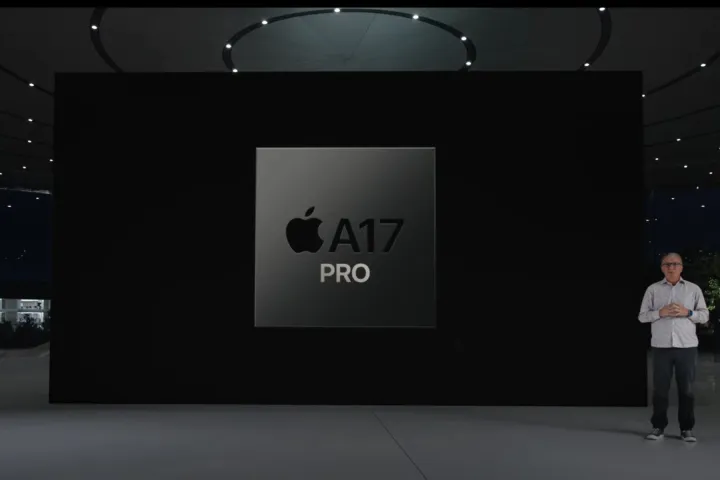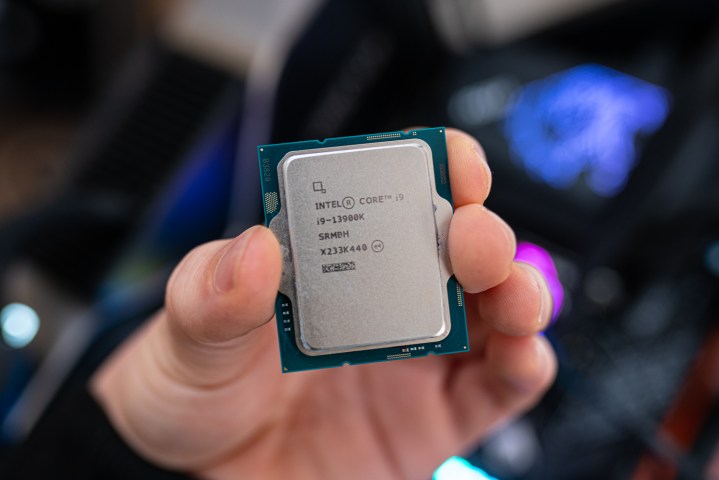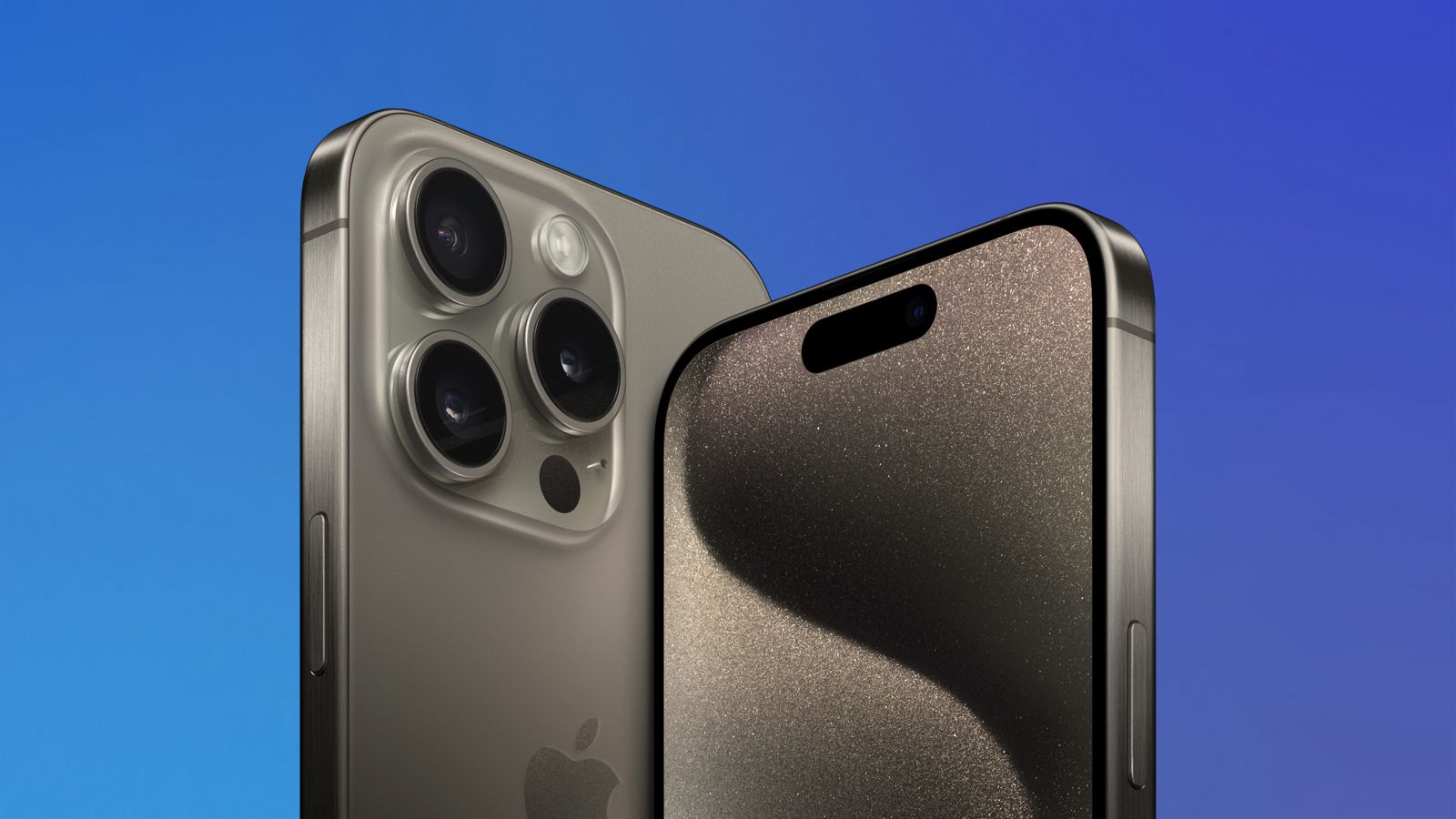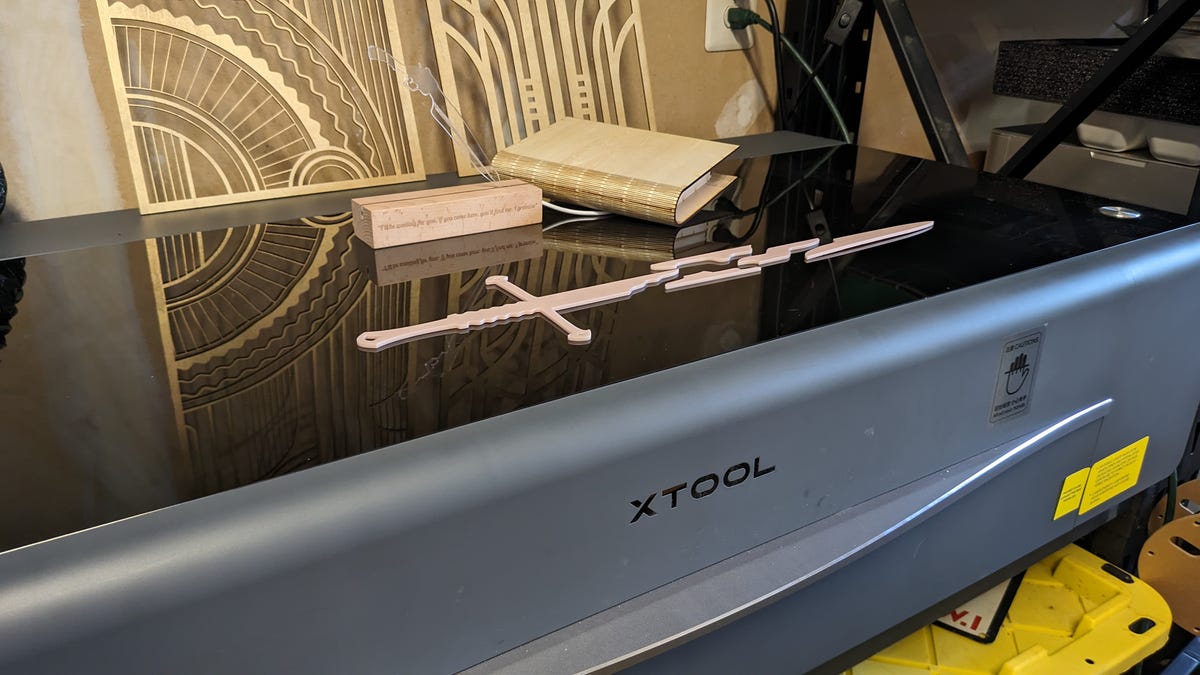iPhone 15 chip competes with Intel’s fastest desktop CPU.
iPhone 15 chip competes with Intel's fastest desktop CPU.
Apple’s A17 Pro Chip Throws Down the Gauntlet, Taking on AMD and Intel in Geekbench Scores

In a surprising turn of events, Apple’s latest A17 Pro chip, unveiled during the September 2023 Apple event, has managed to give tough competition to some of the best desktop and laptop CPUs in the Geekbench 6 scores. This mobile system-on-a-chip (SoC), found in the iPhone 15 Pro and Pro Max, has raised eyebrows with its impressive performance. But before you get too excited, there’s a catch.
The A17 Pro chip has scored an impressive 2,914 in single-core operations on the Geekbench 6 test, a remarkable feat considering it is designed for smartphones. However, the leap in performance from its predecessor, the A16 Bionic chip, is not as significant. The A16 Bionic falls behind by just around 10% in terms of single-threaded performance. One major distinction between the two chips is that the A17 Pro was built using TSMC’s 3nm technology, while the A16 Bionic utilizes a 5nm process, also manufactured by TSMC.
Before we judge the A17 Pro chip too quickly, let’s see how it fares against Intel’s Core i9-13900K and AMD’s Ryzen 9 7950X in single-core performance. As reported by Tom’s Hardware, the Core i9-13900K achieves an average of 3,223 points in single-threaded tasks, while the Ryzen 9 7950X closely follows with a score of 3,172. Remarkably, the A17 Pro chip manages to deliver this impressive single-core performance at a significantly lower clock speed. With a maximum speed of 3.75GHz, it falls behind Intel and AMD CPUs, which can reach just under 6GHz when overclocked.
But hold your horses, folks! Although the A17 Pro chip poses a challenge to these mighty processors in single-threaded performance, it does not quite measure up when it comes to multi-core capability. Moving on to the multi-core test, the A17 Pro chip achieves an average score of 7,199. In comparison, the Core i9-13900K scores a staggering 22,744 points, with the Ryzen 9 7950X trailing just behind at 22,240 points. These processors also boast a significantly higher number of cores. While Apple’s SoC features two performance cores and four efficiency cores, Intel’s Raptor Lake processor presents eight P-cores and 16 E-cores, adding up to a total of 24 cores and 32 threads.

In terms of multi-core gains, the A17 Pro chip shows only a modest improvement of around 3% compared to its predecessor, the A16 Bionic. This suggests that the architecture of the new chip remains largely unchanged. Despite this, the comparison between the A17 Pro chip and high-end desktop processors sheds light on the increasing reliance of computers on multi-core performance.
While the A17 Pro chip may not be on par with powerhouse desktop CPUs in overall performance, its single-core capabilities are impressive enough to make Intel and AMD take notice. This achievement highlights the tremendous progress Apple has made in optimizing its SoCs for mobile devices, pushing the boundaries of what smartphones are capable of. As technology continues to evolve, it will be fascinating to see how Apple’s chips further redefine the limits of mobile computing.
So, keep an eye out for future iPhone releases, as Apple’s A-series chips consistently strive to deliver more power and efficiency, potentially revolutionizing the way we think about mobile computing.






